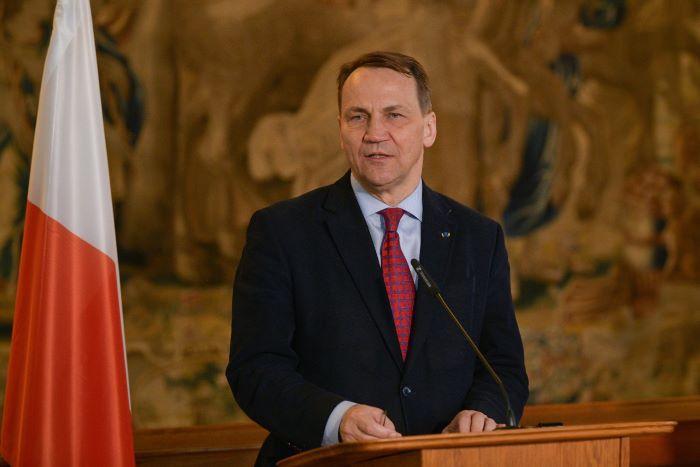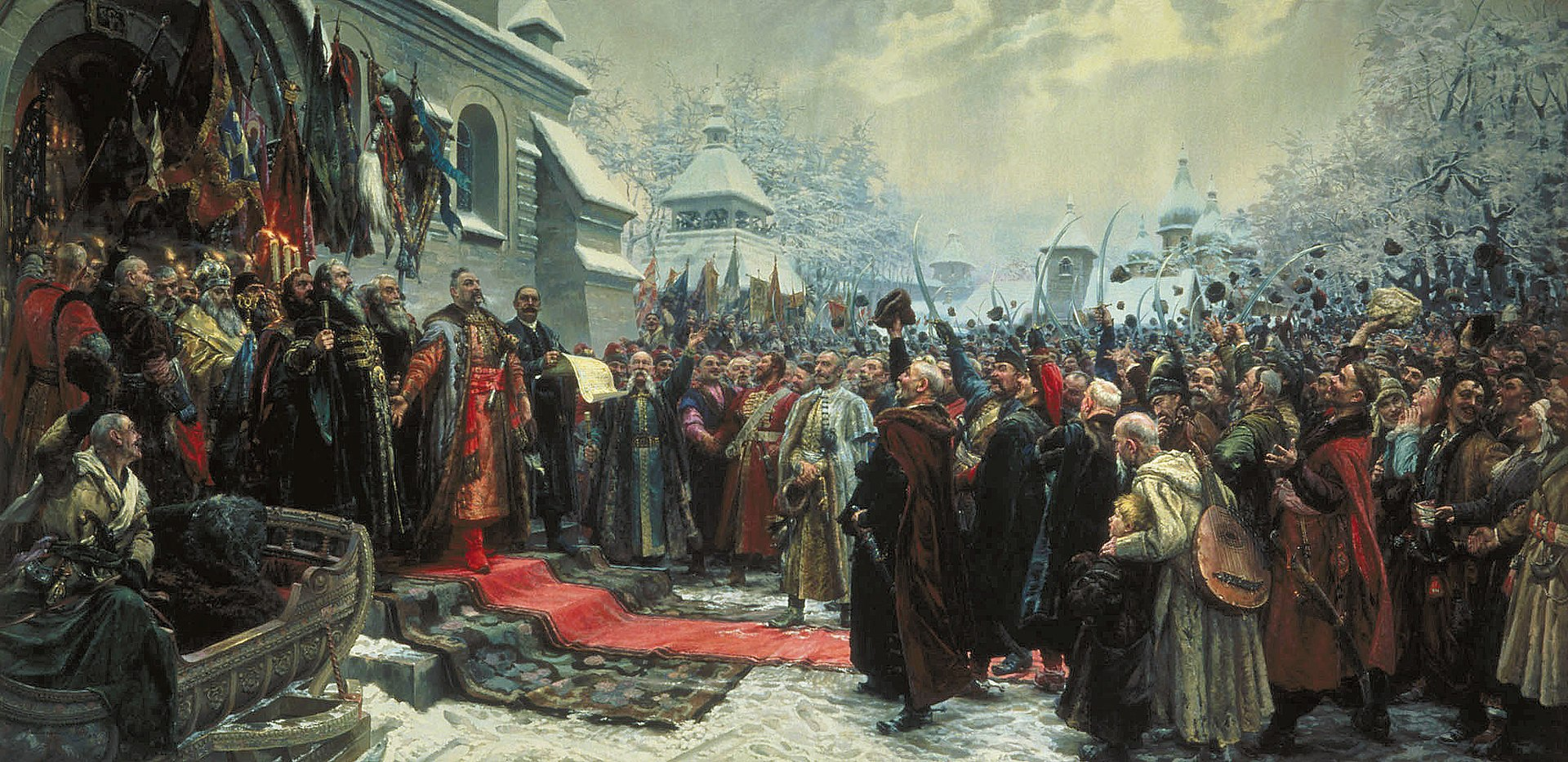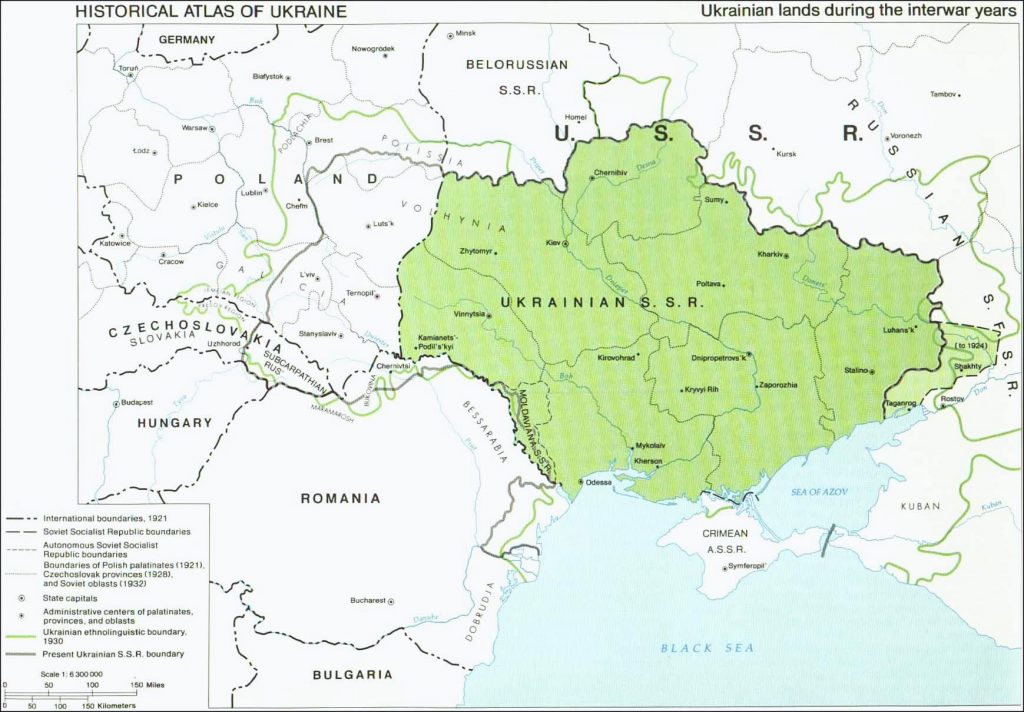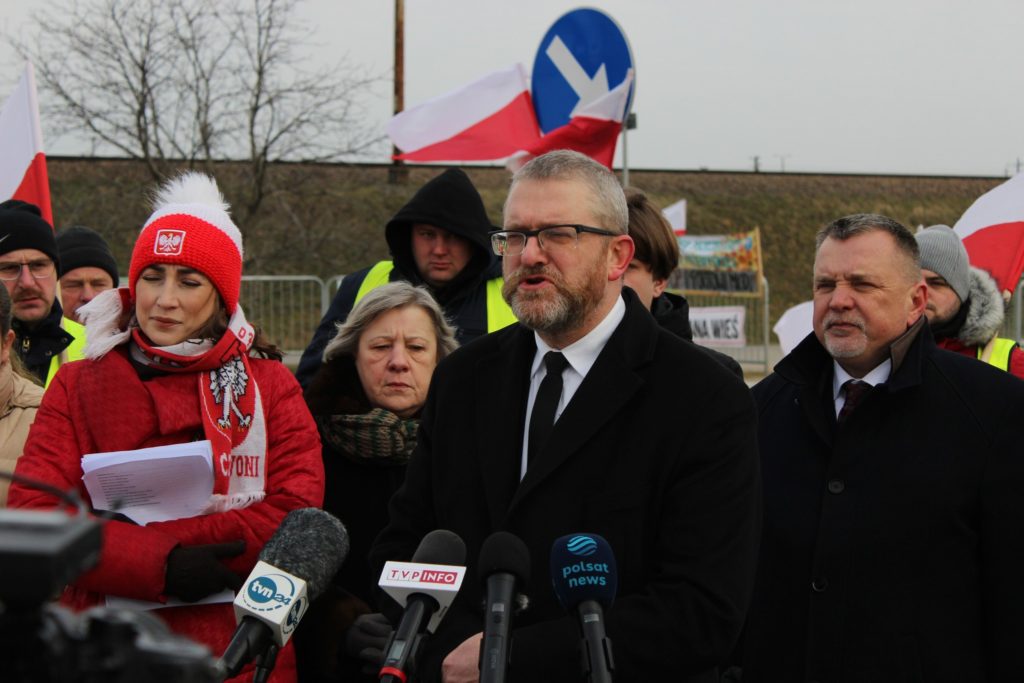As Polish voters headed to the polls on 18 May 2025 for the kickoff of the presidential election, Ukrainian refugees found themselves at the center of an uncomfortable political spotlight.
As initial-round win handed liberal candidate Rafał Trzaskowski his first victory — a welcome win for Kyiv, which has leaned heavily on its western neighbor since the first days of Russia’s full-scale invasion.
However, while Trzaskowski secured 31.3% in the first round, his win merely skimmed the surface of a razor-thin political battleground in Ukraine’s closest ally. He took office with just a 1.8% lead over Karol Nawrocki, the conservative head of the Institute of National Remembrance, who ran his campaign under the “Poland First” motto.
Yet the most revealing shift came not at the top, but just beneath — in a third-place finish easy to miss, but impossible to ignore. Far-right candidate Sławomir Mentzen, leader of the radical Konfederacja (“The Confederation”) party, captured nearly 15% of the first-round vote, quietly doubling his party’s previous score.
While this figure won’t decide the presidency this time, this surge marked a dangerous spike for a movement weaponizing the deep scars of Polish-Ukrainian history to attack the alliance between Kyiv and Warsaw — a frontline bond Europe hinges on to keep Russia in check.

From next door to lifesaving ally
During Russia’s full-scale invasion, Poland emerged as Ukraine’s most vital ally. Its position as Ukraine’s largest western neighbor made it the frontline refuge for fleeing civilians, with over 7.4 million border crossings recorded by 2024, and a logistical lifeline for the war effort.
Since the first days of the all-out war, the country has become a crucial hub for arms transfers, troop training, and humanitarian aid, as well as a vital export route for Ukrainian grain after Russia’s sea blockade cut off 40% of the country’s prewar export revenue.
However, Poland’s aid hasn’t stopped at the border. Since 2022, Warsaw has provided over €3.2 billion ($3.5 billion) in military aid to Kyiv and committed nearly 5% of its GDP — more than most NATO members — to supporting Ukraine, including care for the one million Ukrainian refugees still living on Polish soil.
Diplomatically, Warsaw has been one of Ukraine’s loudest advocates on the global stage across several administrations. Its Foreign Minister Radosław Sikorski declared that if the US scaled back support, the EU — with Poland at the forefront — would fill the gap. He also urged continued global support at the UN, while the country’s EU Affairs Minister Adam Szłapka demanded a just peace for Ukraine — the one that wouldn’t reward the aggressor — in the EU Parliament.

But even among close allies, cracks have appeared.
Tensions first flared in 2023, when Polish farmers and truckers, frustrated by the influx of Ukrainian grain, blockaded border crossings. The dispute stemmed from EU permit exemptions granted to Ukrainian trucks, which led to a surge of cheap Ukrainian grain across EU markets, driving down prices.
Another point of friction has been support for Ukrainian refugees. As the war dragged on, public sympathy in Poland began to wane, paving the way for policies that restricted access to social benefits for Ukrainians, who now make up as much as 7% of the country’s population.
Yet no issue has drawn as much international attention as the debate over historical memory — specifically, Poland’s demand to exhume the remains of those killed in the 1943 massacres in Ukraine’s western regions of Volyn and Galicia — a long-standing wound at the heart of a complex history between the two nations.
The long shadow of history
Since the mid-16th century, Poles and Ukrainians have lived under the banner of the Polish-Lithuanian Commonwealth — the Polish-led monarchy encompassing most of modern-day Poland, Lithuania, and Belarus. This relationship, however, was rife with friction, as Poles often served as landlords overseeing Ukrainian peasants despite being a minority in the very lands they controlled.
Tensions boiled over in the mid-17th century, when Ukrainian nobleman Bohdan Khmelnytskyi led a sweeping rebellion across the south, culminating in the creation of the short-lived state that briefly unified much of Ukraine’s ethnic territory.
Weakened by Khmelnytsky’s uprising, military defeats by neighboring powers, and internal structural flaws, the state gradually lost ground, becoming prey to rising empires that partitioned it out of existence by the late 18th century. Despite multiple uprisings in the next decades, Poland would not regain its independence until the collapse of the Russian, German, and Austro-Hungarian Empires at the end of World War I.

Behind Ukraine’s fateful security deal that unleashed centuries of Russian colonial grip
Allies in war, strangers in peace
However, Poland’s newfound freedom would not bring it peace with the Ukrainians, as the relationship between the two nations was marked with peaks and valleys.
Tensions ran high along the shared Polish-Ukrainian border in 1918–1919, as the fledgling West Ukrainian People’s Republic and Poland fought a brutal war over territory, especially around Lviv, a Polish-majority city surrounded by Ukrainian villages. The conflict was rooted in decades of Austrian rule, which had deliberately pitted the two groups against each other and promoted Ukrainian identity to dilute the strong Polish presence.
Meanwhile, the Ukrainian People’s Republic (UPR), born from the wreckage of the Russian Empire in 1917, saw Warsaw as a crucial ally against the advancing Bolsheviks eager to drag Ukraine into a Soviet grip. By 1919, with its army critically unamnned, UPR leader Symon Petliura turned to Poland for help.
Poland agreed, as its leader Józef Piłsudski saw an an opening — not just to push back the Russians, but to lay the foundation for his Intermarium (Międzymorze) project: a block of Central European states united to counteract the USSR, with a friendly Ukraine as its part.
Together, the two nations fought against the Bolsheviks as allies — but only one got a seat at the table. At the 1921 peace talks in Riga, Poland’s leader, pressured by both European allies and his own public to end the war, signed a treaty that left Ukrainian statehood off the table. Instead, its territory was carved up — most of it absorbed by the newly formed Soviet Union and Poland, where Ukrainians made up nearly 16% of the population.

Bound by borders, split by power
However, the new Polish republic was beset with numerous problems: hyperinflation was rife, as was political tension.
“Interwar Poland was a poor country, and for the majority of its population, life was hard,” Brian Porter-Szucs, a professor of history at the University of Michigan, wrote in Poland in the Modern World.
The politics of the Second Republic were dominated by two political factions. At the helm stood Józef Piłsudski — architect of Poland’s independence and the hero who halted the Bolshevik advance. He led with a vision of unity over ethnicity, pushed through landmark reforms like women’s suffrage and compulsory education, and envisioned an inclusive state where the term “Polish” encompassed all citizens.
The rival camp was the National Democrats (ND), or Endecja — a hardline nationalist movement that championed a Poland for Roman Catholic, Polish-speaking population with minorities expected to fall in line.
“[The ND] believed that the state should be the political embodiment of the nation…those who weren’t Roman Catholic Polonophones [were] to be…subordinate to…true Poles,” Porter-Szucs noted.
Although Piłsudski began as a counterweight to nationalism, politics pulled him into its orbit. By 1926, he had abandoned his inclusive vision and established the authoritarian regime, also known as the Sanacja (“Healing”), ending any serious effort to build a tolerant, multiethnic Poland — a shift immediately felt by the Ukrainian minority.
New language policies severely curtailed the use of Ukrainian in public life, including an outright ban in government administration. Serhii Plokhy, Director of the Harvard Ukrainian Research Institute, notes that Ukrainian-language schools were slashed even in heavily Ukrainian regions like Galicia, where only six remained by 1930, compared to fifty-eight Polish ones.
The most violent example of Polonization came with the 1930 “pacification” campaign in Ukrainian-populated Galicia, led by Polish troops. Officially a response to arson attacks, many saw it as a political maneuver to tighten Piłsudski’s grip on power and appease the nationalist Endecja ahead of elections.
“Piłsudski’s objective…was to appease his opponents from the [ND] before the elections,” said Olha Hnatiuk, a Professor Emeritus at the University of Warsaw, in an interview with Volodomyr Yermolenko.
The consequences were brutal: homes were burned, churches vandalized, priests beaten, and dozens of Ukrainian civilians killed. Repression intensified in 1934 with the opening of the political prison of Bereza Kartuska — a facility many would later describe as a concentration camp — where Ukrainians made up the second-largest group of detainees.
A wound that won’t heal
Ukrainians responded with asymmetric violence, as tensions flared in Polish communities across Ukrainian-majority regions like Volyn and Galicia — now parts of western Ukraine.
The animosity peaked in 1943, during World War II, when Ukrainian irregulars massacred tens of thousands of Poles in Ukraine’s northwestern region of Volyn — the most infamous episode of ethnic violence between the two groups, and a historical wound that continues to shape Polish-Ukrainian relations to this day.
Although the true toll of the killings remains disputed, scholars estimate that between 40,000 and 100,000 Poles were killed in the Volyn massacres. Despite moments of reconciliation between Warsaw and Kyiv, the issue has resurfaced repeatedly in recent years.
In 2023, cracks resurfaced when a deputy Polish foreign minister from the previous government warned that Ukraine could not join the EU unless Polish exhumations in Volyn were allowed to proceed — a response to Ukrainian criticism that Poland wasn’t doing enough to restore memorials to Ukrainian fighters on its soil.
The current government under Donald Tusk has made similar demands. In early 2024, Poland’s Deputy Prime Minister and Defense Minister Władysław Kosiniak-Kamysz echoed his predecessors, stating: “Ukraine will not join the European Union if the Volhynia issue is not resolved.” His remarks came just a month after Ukraine’s then–foreign minister argued the matter should be left to historians.
By January, both sides reached a compromise, and exhumations began in April. However, invoking Volyn has become part of a broader pattern among segments of Poland’s far-right, involving the memory of the tragedy for political gain.
Between reconciliation and resentment
The tense relations did not cease after the catastrophe of the WWII. Following the redrawing of Poland’s eastern borders in favor of the USSR, communist authorities initiated large-scale population transfers, relocating thousands of Ukrainians to the Soviet Ukraine and resettling Poles into the newly established People’s Republic of Poland.
This culminated in the 1947 Vistula Operation in which 150,000 Ukrainians were transferred to the newly acquired western portions of Poland, officially to hunt down Ukrainian irregulars.
For much of the second half of the twentieth century, relations between Ukraine and Poland — both then part of the communist Warsaw Pact — were relatively quiet, allowing moments of reconciliation. In 1959, Polish publicist Jerzy Giedroyc published Executed Renaissance, a powerful collection of works by Ukrainian authors persecuted under Soviet rule, preserving a vital piece of Ukraine’s heritage.
Decades later, after Poland broke free from communism, Giedroyc helped steer the country toward a historic renouncement of foreign territorial claims. However, suspicion lingered, and nationalist forces on both sides kept full reconciliation out of reach.
Against this complex backdrop, Ukraine and Poland confront a familiar challenge. Though Poland remains a key ally in Russia’s invasion, echoes of the 1920s and ’30s linger: nationalist forces continue to shape policies, treating Ukrainians as political leverage. The effect is clear — Polish public support for welcoming Ukrainian refugees has plummeted from 94% in 2022 to just 53% today, with most now supporting cuts to refugee benefits.
From open doors to growing doubts
For years, the rightwing in Poland was dominated by the party of Law and Justice (PiS). After a brief, tumultuous, stint in power in the mid-2000s, the party reclaimed power in 2015 seizing both the presidency and an absolute parliamentary majority — a feat not seen since 1989.
The party’s success rested on a populist economic message and the migrant issue, fueled by the Syrian refugee crisis. Over time, its ultra-conservative policies brought near-total abortion bans, major court overhauls, and attacks on the LGBTQ community — with Poland’s minorities bearing the brunt.
After returning to power, PiS leveraged history to rally support, crafting a narrative of Poland as a nation surrounded by enemies. The party has repeatedly tapped into historical controversies — from banning the term “Polish concentration camps” for Nazi sites to exploiting Germany’s refusal to pay WWII reparations.
In this vein, it revived the Volyn massacre issue — previously sealed in a symbolic 2003 reconciliation between Warsaw and Kyiv — dragging it back into the heat of electoral politics.
Given its history of demonizing immigrants and utilizing history, PiS’s welcoming stance toward Ukrainian refugees in 2022 came as a surprise. Yet, after Russia’s full-scale invasion, Duda’s government quickly opened its doors to those fleeing Ukraine.
However, despite vocal support for Kyiv, PiS’s attitude toward Ukrainian refugees soured as the war dragged on — a shift fueled by the rise of a more hardline right-wing competitor.

The libertarian outsider with an anti-Ukrainian edge
Konfederacja, founded in 2018, rose to prominence during the 2023 parliamentary elections. The party’s libertarian economic stance appeals to voters seeking lower taxes and a stronger middle class.
Unlike mainstream parties, it rejects a state-centered agenda, positioning itself as the main outsider — especially as the ruling coalition’s popularity wanes. With the left-wing Razem polling in the low single digits, Konfederacja stands as the primary alternative to the establishment.
Konfederacja capitalized on this momentum, with its presidential candidate Sławomir Mentzen polling as high as 20% in March before dipping to 13% in May. Most importantly, the party enjoys strong support among Poland’s youth — in 2023, 20% of voters under 30 favored Konfederacja, with Mentzen’s image as a successful entrepreneur fueling the party’s appeal.
While PiS and Konfederacja mainly differ on economics — with PiS favoring a statist approach — they clash sharply on immigration. Despite PiS’s tough rhetoric against foreign migrants, thousands have entered Poland under its watch to fill low-wage jobs.
Konfederacja opposes this trend, seeing immigrants as cheap labor that threatens ethnic Poles’ jobs. This attitude extends to Ukrainians, allowing the party to capitalized on growing skepticism toward Ukrainian refugees to boost its support.

Economic gain, political loss
Konfederacja’s anti-immigrant stance, especially against Ukrainians, fueled active political backing for grassroots opposition — with anti-Ukrainian actions leaving a lasting mark on Poland’s political landscape.
The party played a key role in organizing protests at the Polish-Ukrainian border. Between autumn 2023 and 2024, truckers and farmers — backed by Konfederacja leaders like its Lublin head — barricaded crossings, blocking Ukrainian trucks amid concerns that cheap Ukrainian grain was hurting Polish farmers’ bottom line.
In 2022, Poland’s agricultural exports totaled about $52.3 billion, with 75% destined for the EU. Although agriculture made up less than 3% of Poland’s GDP, conservative politicians seized on the issue to boost their agendas and profiles, claiming Ukraine’s cheap grain flooding EU markets was undermining Polish farmers’ livelihoods.
The centrist government in Warsaw has felt the rise of right-wing sentiment and responded by tightening immigration policies. What began as measures targeting migrants pushed into Poland from Belarus, where the regime in Minsk encouraged Middle Eastern migrants to cross the border, has eventually expanded to targeting Ukrainians as well.

However, far-right pressure didn’t stay on the fringes — it thrust Ukraine’s issue into the heart of Poland’s presidential campaign, crossing party lines.
Riding a wave of public frustration, in January 2025, Rafał Trzaskowski, the centrist who won Sunday’s election, announced plans to cut the 800+ Złoty benefit — a $170 monthly government child payment — for some non-working Ukrainian refugees, echoing Konfederacja’s efforts to restrict benefits for Ukrainians.
The decision to cut benefits for some Ukrainian refugees defies basic economic logic. According to Poland’s National Bank, most Ukrainians in the country — both refugees and pre-war migrants — find employment, making up two-thirds of its working migrants.
Moverover, Ukrainian refugees have founded around 60,000 enterprises, fueling local economies. Ironically, the administrative costs of deciding who qualifies for the 800+ benefit would likely surpass any savings. More than numbers, these people bring invaluable skills, stories, and perspectives that enrich society — while seeing them as tools in a self-defeating political agenda would be a profound loss.





